Indigenous Governance Database
ecological restoration

Oren Lyons: Looking Toward the Seventh Generation
Onondaga Chief and Faithkeeper Oren Lyons discusses the increasingly urgent issues of global warming and climate change and points to Indigenous peoples, their core values, and their reciprocal relationships to the natural world as sources of instruction for human beings to heed in order to combat…
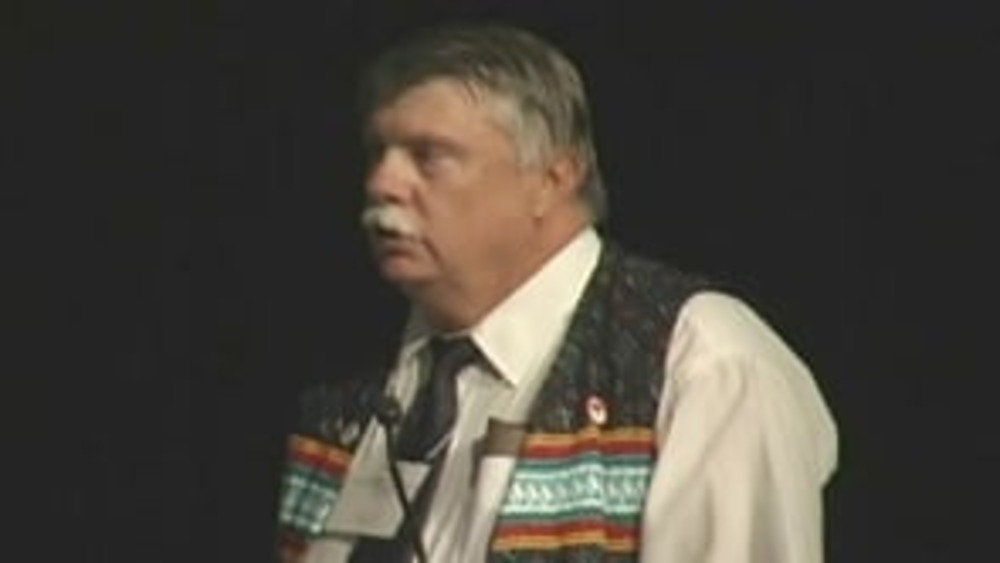
Honoring Nations: Steve Terry and Rory Feeney: Miccosukee Tribe Section 404 Permitting Program
Miccosukee Tribe Land Resources Manager Steve Terry and Fish and Wildlife Director Rory Feeney present an overview of the Miccosukee Tribe Section 404 Permitting Program to the Honoring Nations Board of Governors in conjunction with the 2005 Honoring Nations Awards.
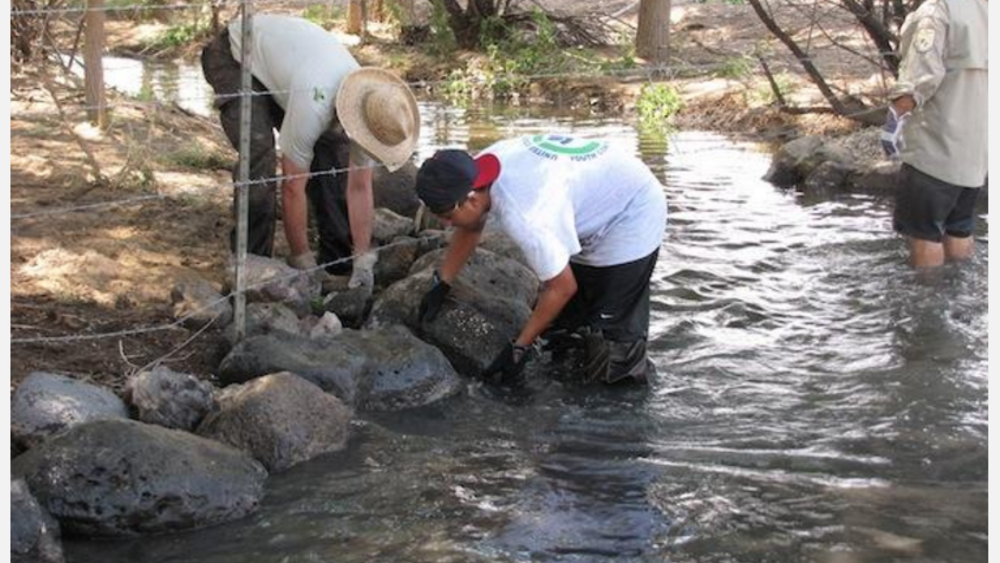
Indigenous Youth Help USFWS Restore Fish Passage on Cochiti Pueblo
Ask a group of teenagers their idea of fun and you might get answers like hanging out with friends, dodging opponents during a game of laser tag or playing their favorite video games. But for a group of Native American youth from several of New Mexico’s pueblos, fun meant working outside on a warm…
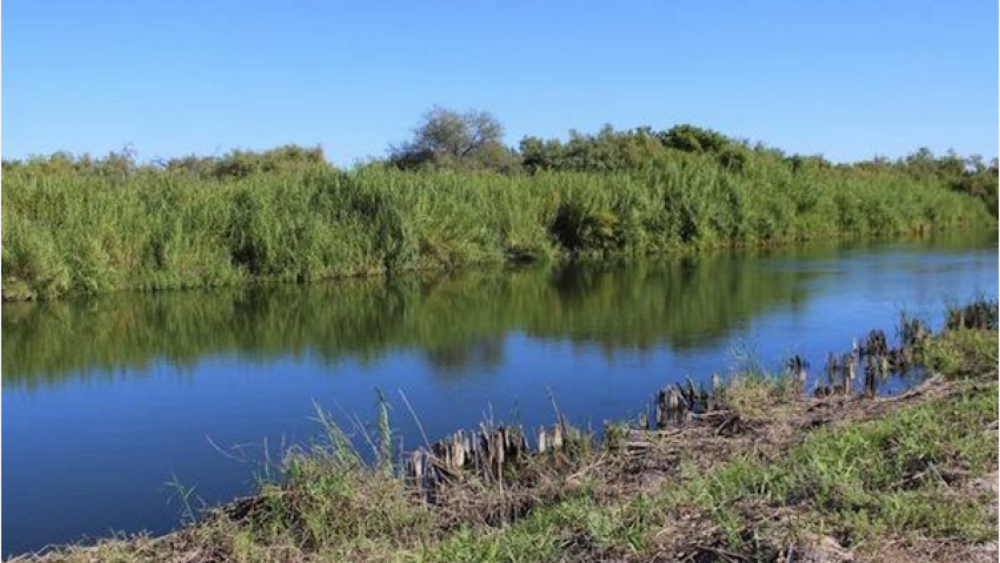
7 Tribal Programs That Protect Our Winged and Four-Legged Brothers
The news is full of sad stories about dying animals, species of all kinds being wiped out, and the random shooting of animals, among other depressing events. Amid all that it’s easy to forget that efforts aplenty are afoot to reverse the declines, save species, restore habitat and pull endangered…
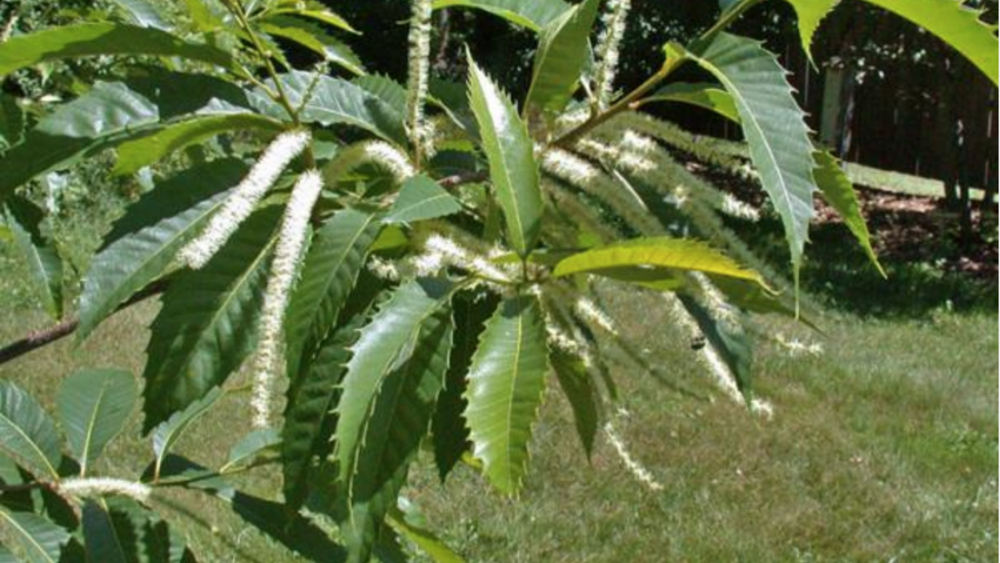
Seneca Nation Implements Native Plant Policy
The Seneca Nation of Indians are spearheading a movement to reintroduce more indigenous flora to public landscapes on tribal lands in Upstate New York. The tribal council unanimously approved a policy that mandates all new landscaping in public spaces on Seneca lands exclusively be comprised of…
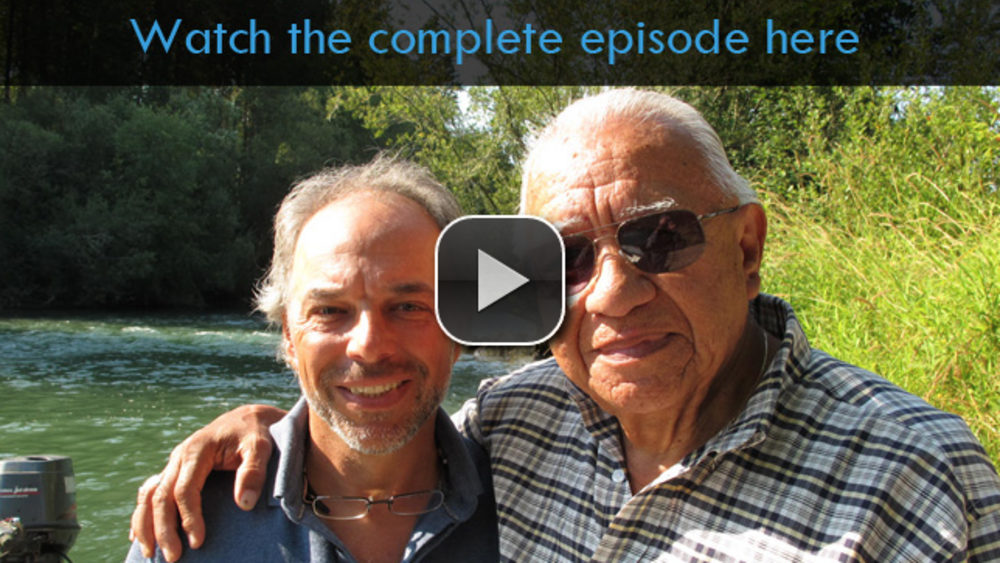
Saving the Ocean: River of Kings, Part 1
An unusual coalition of tribal leaders, private partners and government agencies is working to restore Washington's Nisqually River from its source in the glaciers of Mount Rainier to the estuary that empties into Puget Sound. Led by the Nisqually tribe, the restoration aims to fill the river once…
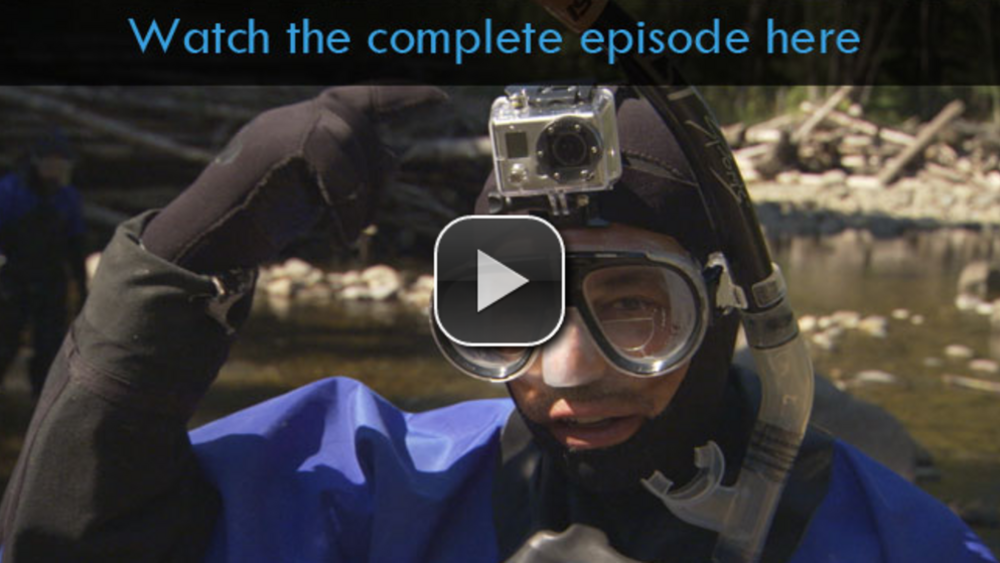
Saving the Ocean: River of Kings, Part 2
An unusual coalition of tribal leaders, private partners and government agencies is working to restore Washington's Nisqually River from its source in the glaciers of Mount Rainier to the estuary that empties into Puget Sound. Led by the Nisqually tribe, the restoration aims to fill the river once…
